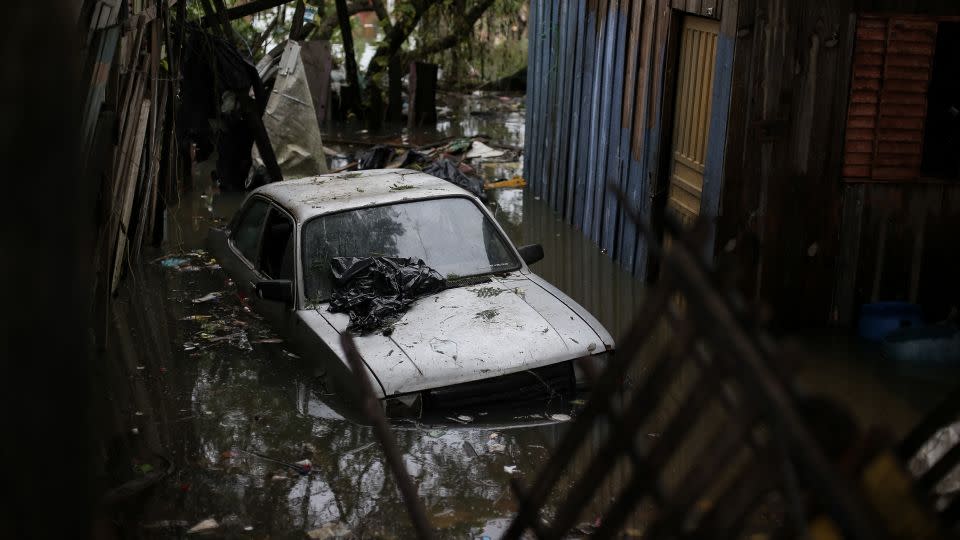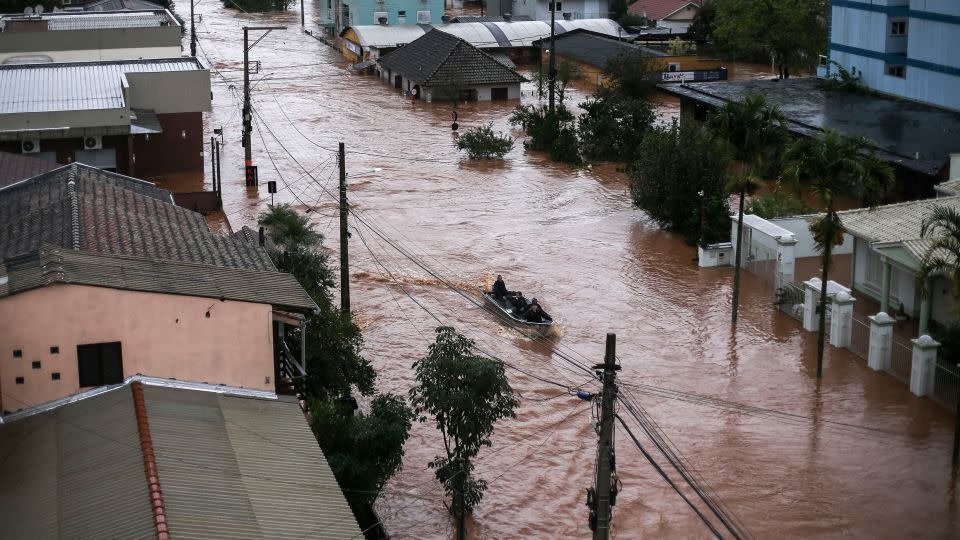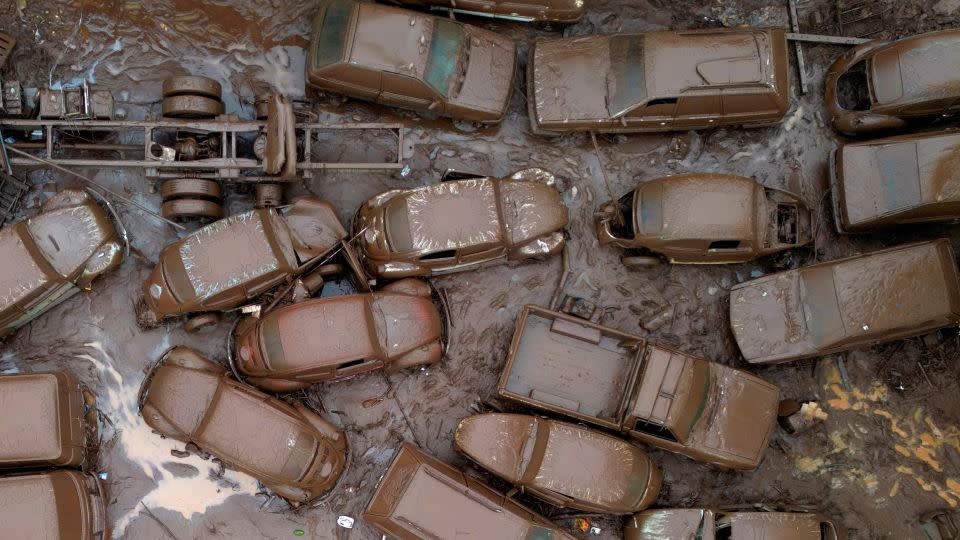At least 57 people killed, hundreds missing as heavy rain and flooding lashes Brazil
At least 57 people have been killed and a further 373 are missing as heavy rain and flooding hit the Brazilian state of Rio Grande do Sul this week.
At least 74 others have been injured amid the series of catastrophic floods that has affected 281 municipalities, according to the latest figures shared by the civil defense Saturday.
The local government has declared a state of calamity in areas where more than 67,000 people are impacted. Almost 10,000 have been displaced and more than 4,500 are in temporary shelters, the civil defense said.
Authorities are closely monitoring dams that are not designed to handle such a high volume of water but said there is no imminent risk of failure.

Brazilian President Luiz Inácio Lula da Silva met with local officials overseeing the relief efforts Thursday.
“We are witnessing a historic disaster, unfortunately,” said the state’s governor, Eduardo Leite. “The material losses are gigantic, but our focus at this moment is rescues. There are still people waiting for help.”
Images showed muddy brown waters rising as high as rooftops in some areas, while rescue teams were out with inflatable rafts, taking people and pets on board.
On Saturday morning, the water level in the Guaíba Lake grew five meters due to intense rains, threatening the state’s capital Porto Alegre, authorities said.
The Brazil Foundation, in cooperation with the Brazilian supermodel Gisele Bundchen, has set up a fund to help victims of the floods.
Rio Grande do Sul has been increasingly hit by extreme weather events in recent years. At least 54 people died in the state in September after it endured a sub-tropical cyclone. This year’s death toll has already surpassed that record.
The climate crisis, caused primarily by humans burning fossil fuels, is supercharging extreme weather around the world, making many events more intense and more frequent.

In the past few weeks alone, record rainfall has triggered deadly floods and brought chaos to the desert city of Dubai; reservoirs across Southeast Asia have been drying up in a persistent regional heatwave and ongoing drought, while Kenya is battling floods and heavy rainfall that has burst river banks and killed nearly 200 people.
Last year was the hottest on record, with air and ocean temperatures climbing beyond many scientists’ predictions. The world is already 1.2 degrees Celsius warmer than it was in pre-industrial times.
The proportion of high-intensity hurricanes, or tropical cyclones, has increased due to the warmer global temperatures, according to the UN. Heat waves are becoming more frequent and are lasting longer.

Scientists have also found that the storms are more likely to stall and lead to devastating rainfall and they last longer after making landfall.
Lizzy Yee, Julia Vargas Jones and Omar Fajardo also contributed to this report.
For more CNN news and newsletters create an account at CNN.com

